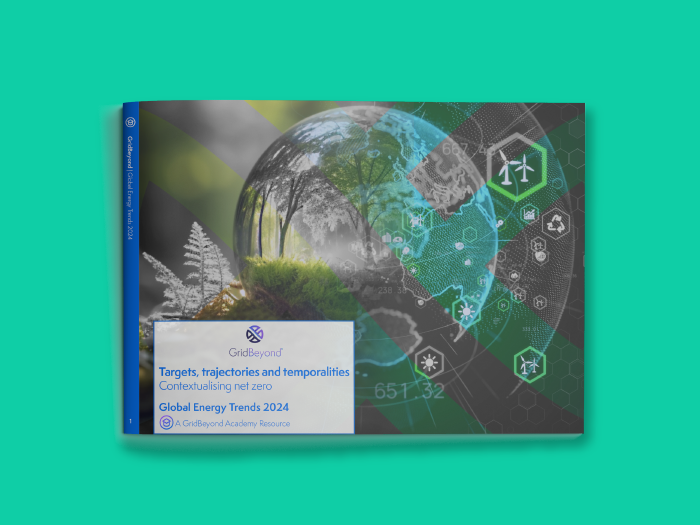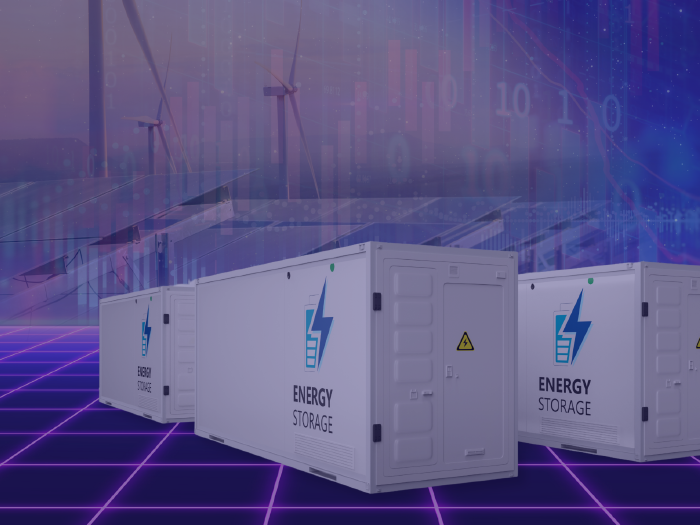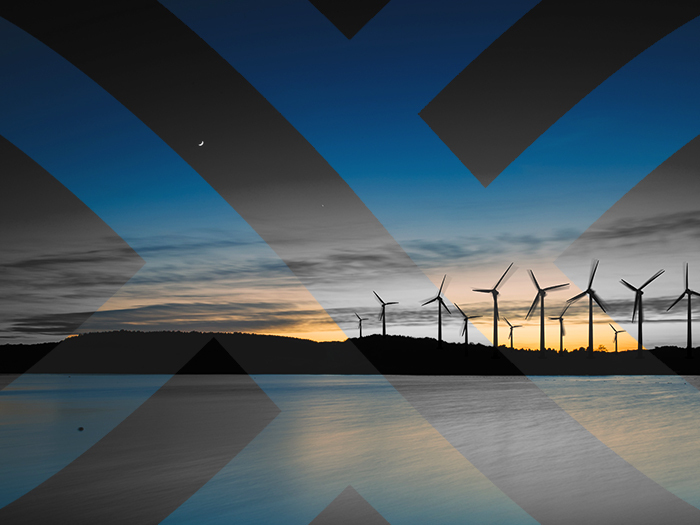News
better business decisions
Posted 2 years ago | 2 minute read

Flexibility is key to reach a more sustainable future GridBeyond’s energy report says
The 2021- 2023 energy crisis and its impact on the global energy system, increased prices in oil, gas and electricity markets. As a result. emphasis and attention from policy-makers refocussed on security and affordability of energy. While this implied a detour on the path to net zero, this also signalled an under-appreciated benefit of the energy transition—that greater energy security and independence can result from a reduced reliance on imported fossil fuels and an increase of renewables says the report Energy Trends 2024 – Targets, trajectories and temporalities – Contextualising net zero.
However, there are a series of issues connected to renewables which are about their intermittent nature and the integration challenged faced by grid operators. This challenge is further compounded by the diverse array of energy resources scattered across the power grid in terms of both size and location, requiring grid operators not only to take account of the system as a whole, but to manage and respond to in some cases very localised constraints.In addition, the report looks at energy storage and it identifies it as a beneficiary of the transition to a renewables dominant energy mix. This is largely because batteries contribute other services and benefits to the grid besides energy. Energy storage can transform intermittent clean energy— primarily derived from wind and solar—into a reliable source of 24/7 generation.
Finally, Energy Trends 2024 looks at how some markets have taken action to further expand the flexibility available from the demand side to support the grid during peak periods such as the Demand Flexibility Service (DFS) in the UK, the ERCOT Contingency Reserve Service in the US, introduction of ancillary services in Japan.
“The energy sector stands on the brink of its next evolution. Innovators are leading the way into a fresh era characterised by a strong emphasis on sustainability and efficiency, which are now considered essential rather than optional. At the same time, to achieve net-zero emissions, companies are redefining their strategies, embracing a flexible approach to energy utilisation as a core asset in remaining competitive within in this new landscape. Flexibility is key to ensure the success of the energy transition to a net zero future” commented Michael Phelan CEO and co-Founder at Gridbeyond.








